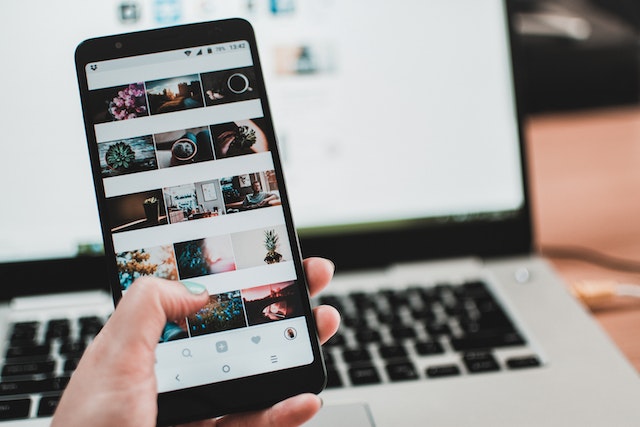Introduction: Mobile app development has become increasingly accessible, allowing individuals with little to no coding experience to create their own apps. In this step-by-step guide, we will walk you through the process of developing a mobile app,app development starting from the ideation phase to launching your app on app stores. Whether you have a specific app idea or simply want to learn the basics of app development, this guide will help you get started on your journey.
- Defining Your App Idea: The first step in app development is to clearly define your app idea. Identify the purpose and target audience of your app. Consider the problem your app aims to solve or the value it will provide to users. Refine your idea and create a clear vision for your app.
- Researching the Market: Before diving into development, it’s crucial to conduct market research. Analyze existing apps in your target niche to understand their features, user experience, and market demand. Identify any gaps or opportunities for your app to stand out.
- Choosing the Right Development Approach: Next, decide on the development approach that best suits your needs. Options include native app development (iOS or Android), cross-platform development frameworks (such as React Native or Flutter), or low-code/no-code app development platforms. Consider factors like development time, budget, and your target platform(s) when making this decision.
- Designing the User Interface (UI) and User Experience (UX): Creating an intuitive and visually appealing UI/UX is crucial for a successful app. Sketch wireframes and develop prototypes to map out the app’s structure and flow. Consider user feedback and iterate on your design to ensure a seamless and enjoyable user experience.
- Developing the App: If you have coding experience, you can choose to develop the app yourself using programming languages such as Java, Swift, or JavaScript. Alternatively, you can collaborate with a developer or use app development platforms that offer visual interfaces and drag-and-drop functionality. Break down the development process into smaller tasks and work on them iteratively.
- Integrating Backend and APIs: Depending on your app’s requirements, you may need to integrate a backend system to store and retrieve data. Set up a backend server or leverage cloud-based services. Integrate APIs for features like authentication, social media sharing, or payment gateways.
- Testing and Debugging: Thoroughly test your app on different devices and operating systems to ensure functionality and usability. Identify and fix any bugs or issues that arise during testing. Consider using automated testing frameworks and beta testing with a group of users for valuable feedback.
- Publishing and Launching Your App: Once your app is polished and ready, prepare it for launch. Register as a developer with the respective app stores (e.g., Apple App Store, Google Play Store). Follow the guidelines and requirements for app submission, including providing app descriptions, screenshots, and icons. Set a launch date and market your app to generate excitement.
- Gathering User Feedback and Updates: After launching your app, actively seek user feedback to identify areas of improvement and implement updates accordingly. Continuously monitor app performance, user reviews, and engagement metrics. Regularly release updates with new features, bug fixes, and enhancements to keep your app relevant and competitive.
Conclusion: Embarking on the journey of mobile app development as a beginner can be challenging, but with the right approach and guidance, it becomes an exciting opportunity. By following this step-by-step guide, you can turn your app idea into a reality, create a user-friendly experience, and launch your app to the world. Remember to stay persistent, learn from your experiences, and keep refining your app to meet user expectations. Happy app development
